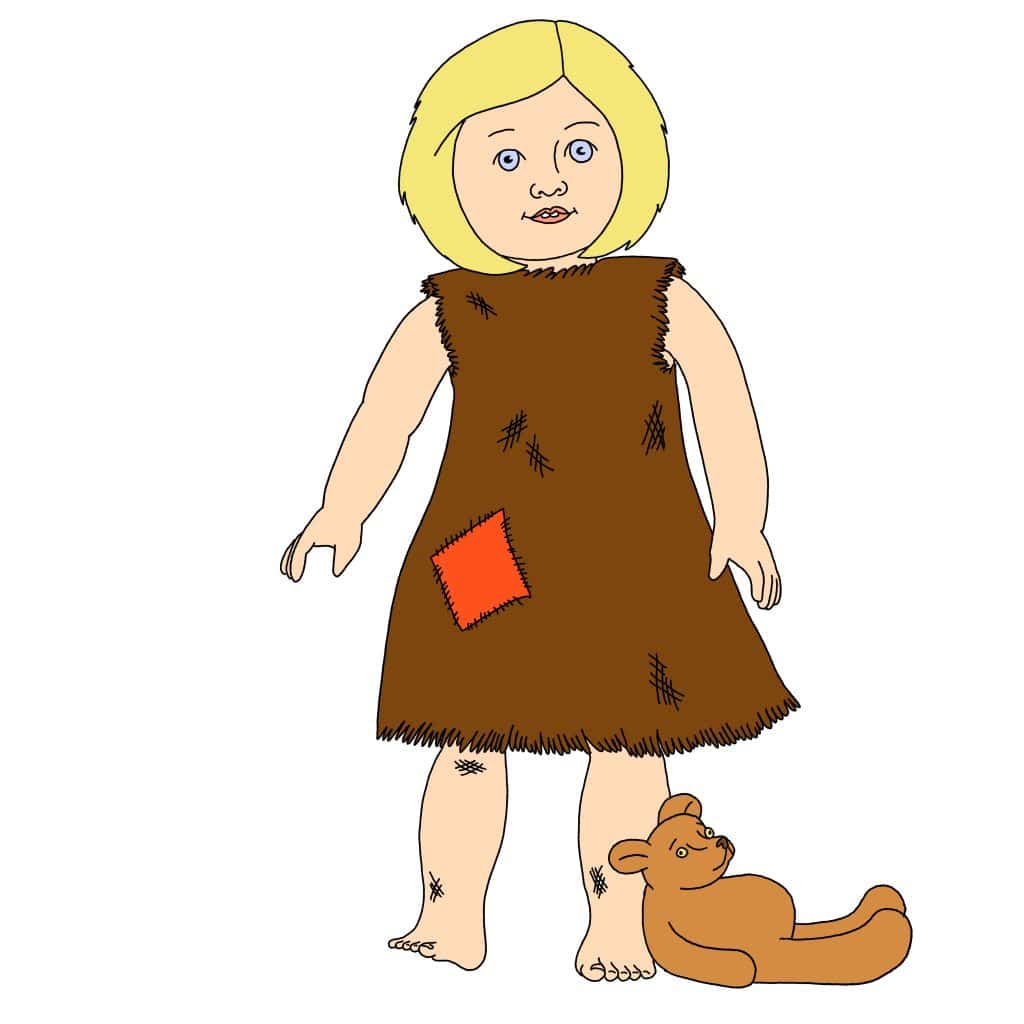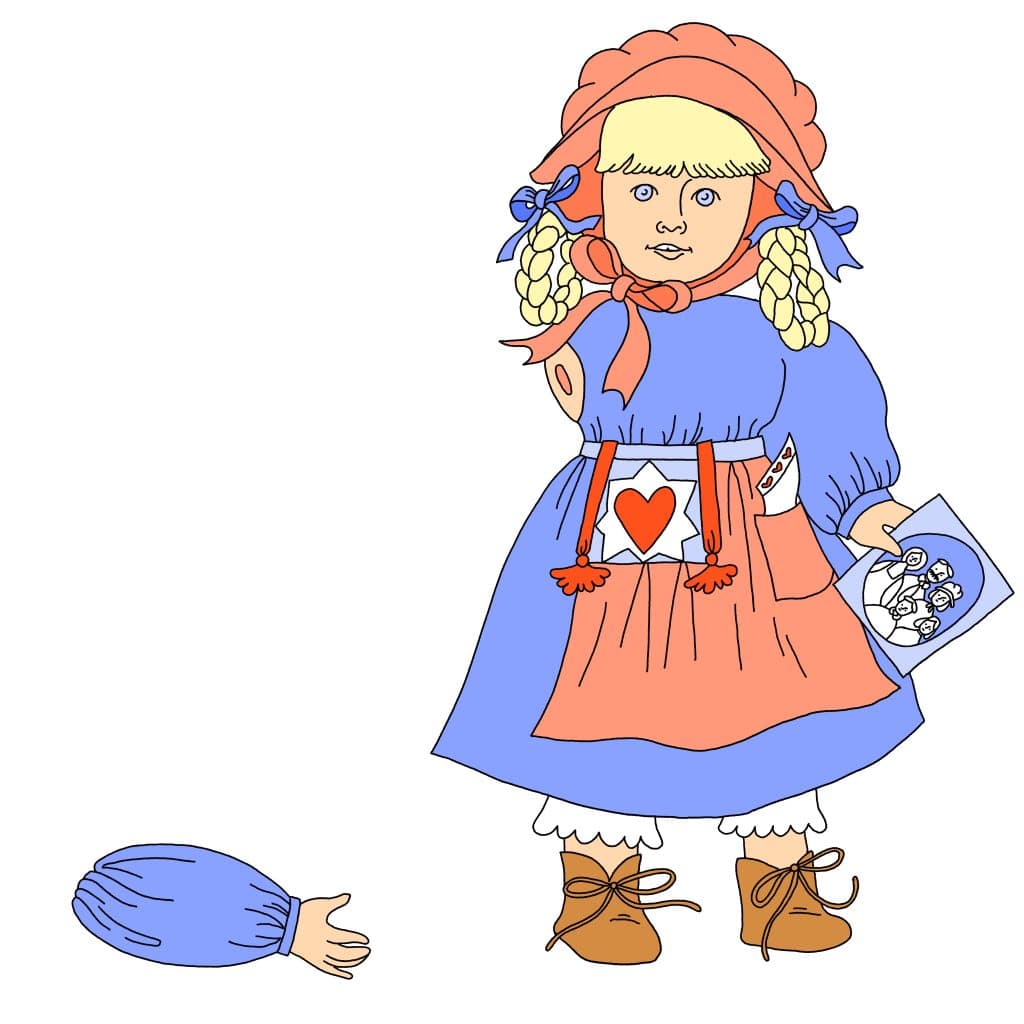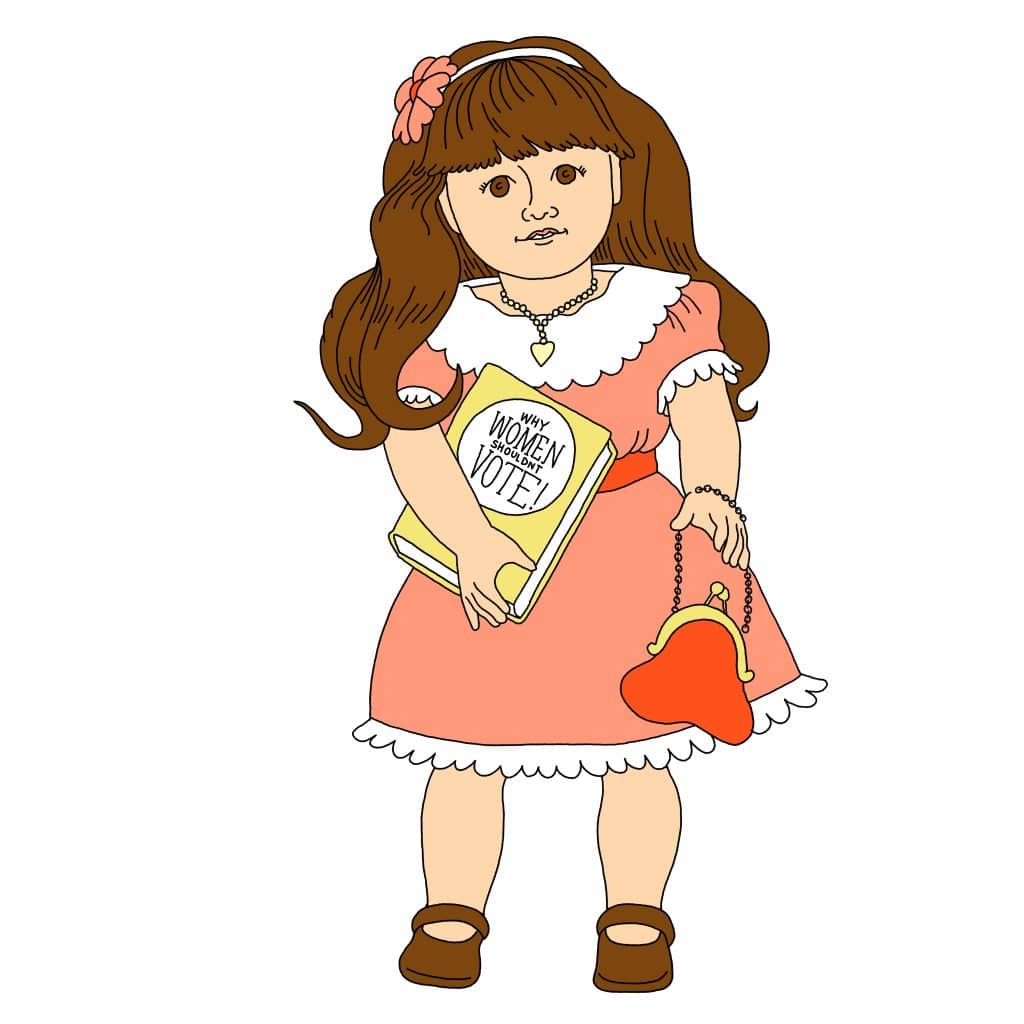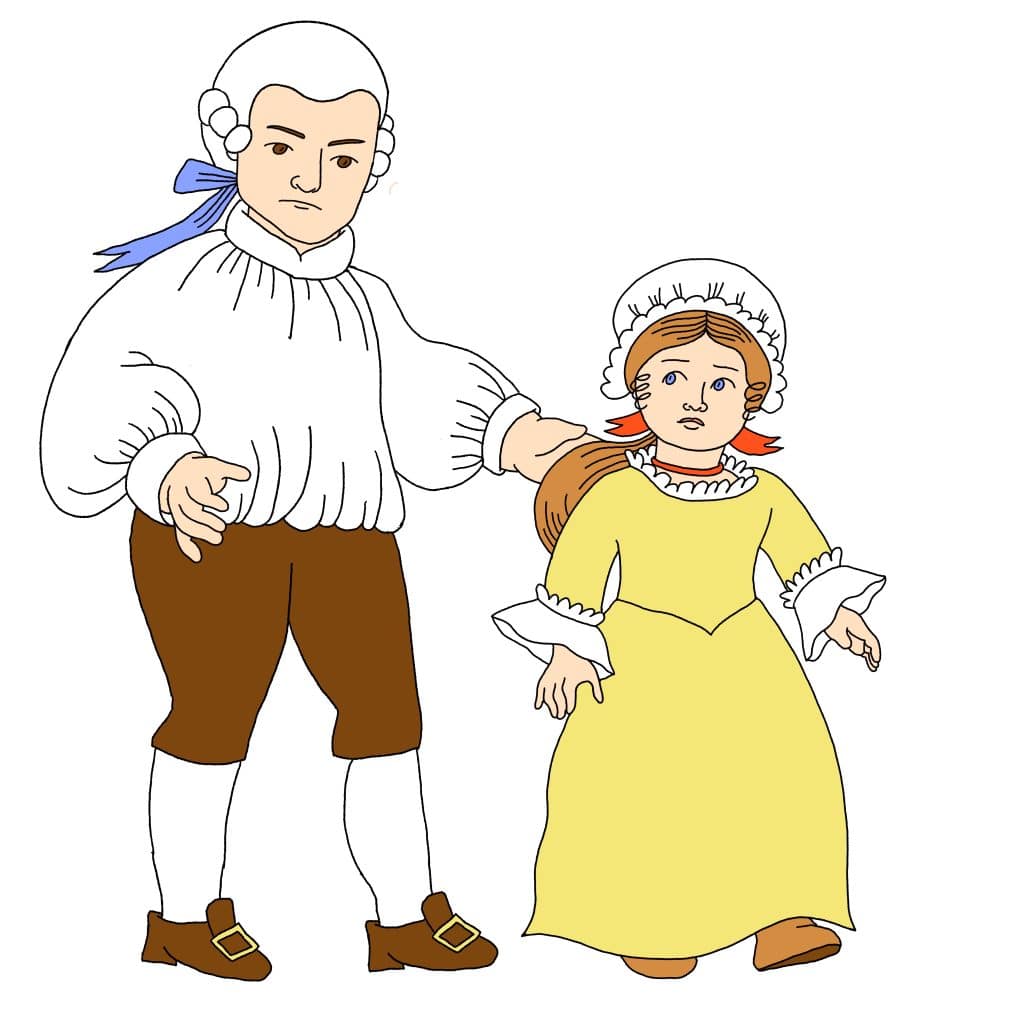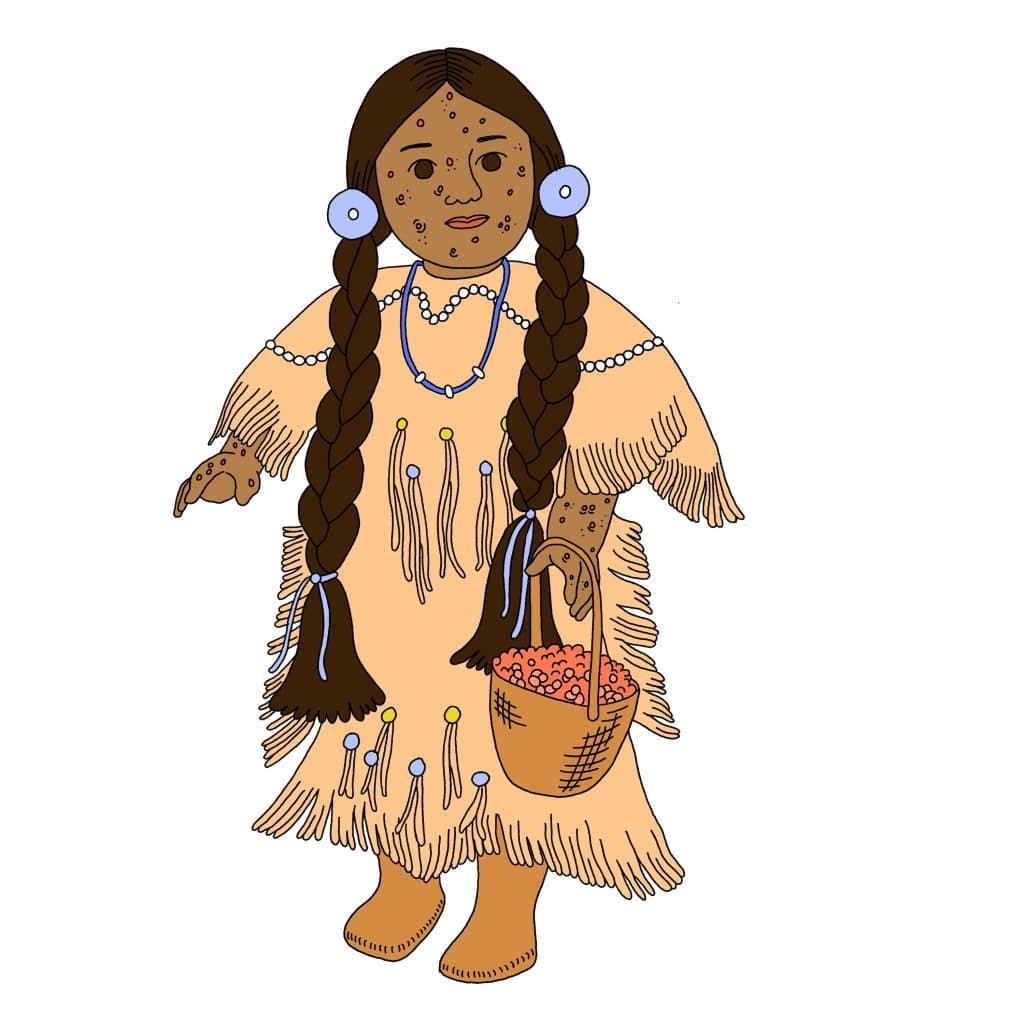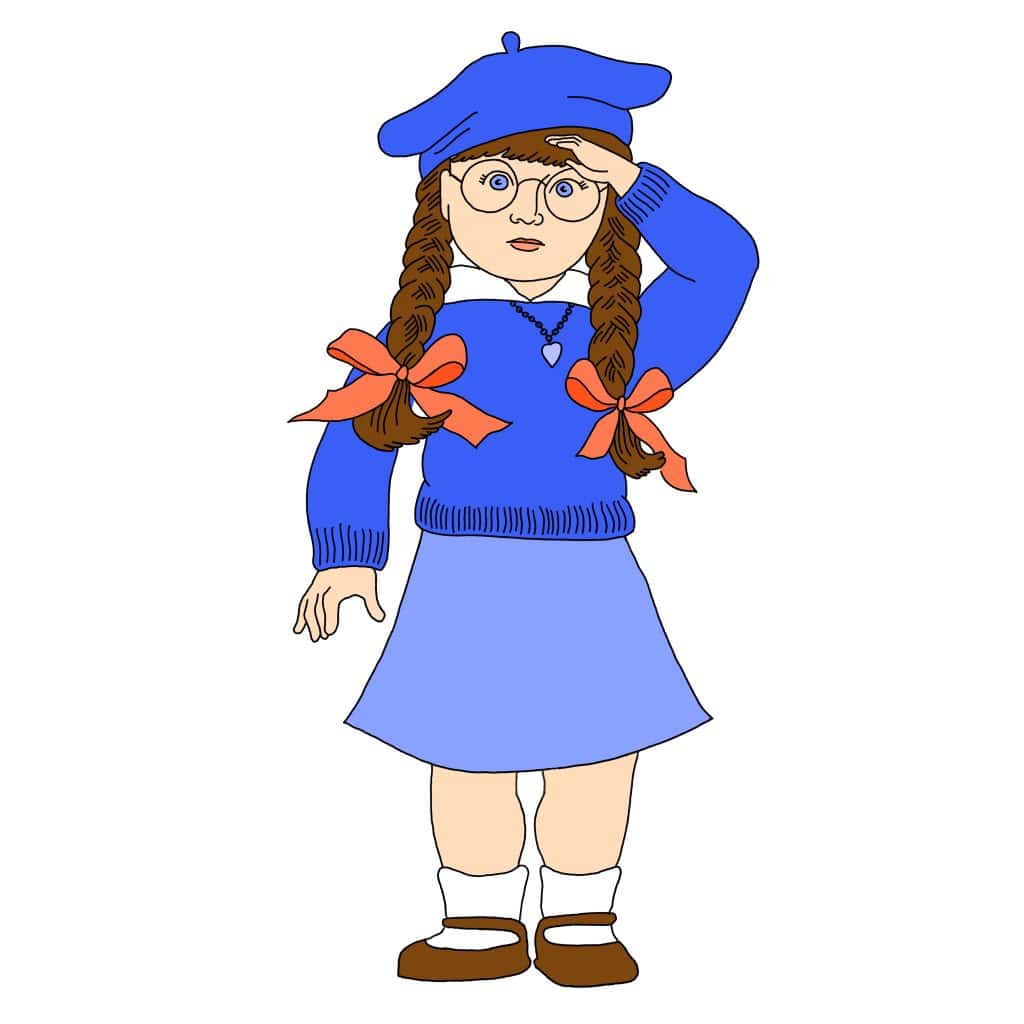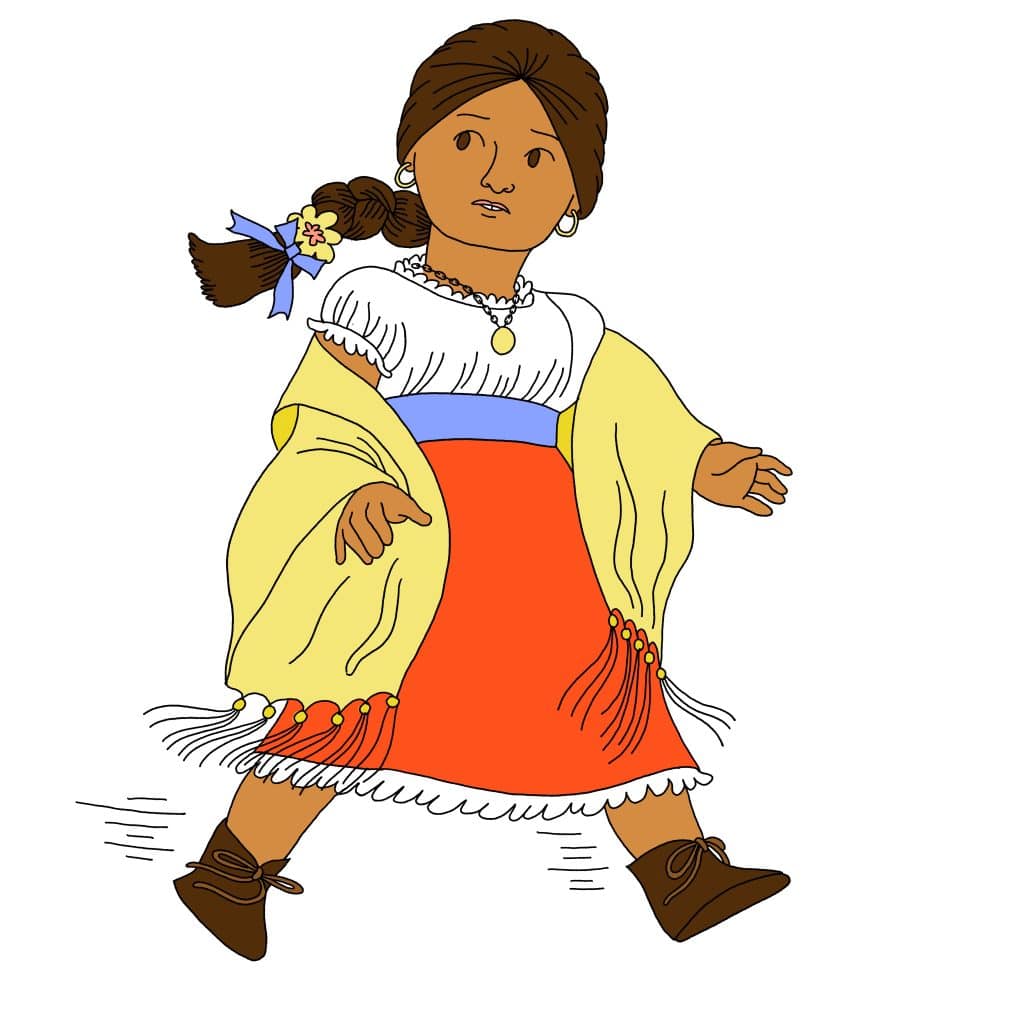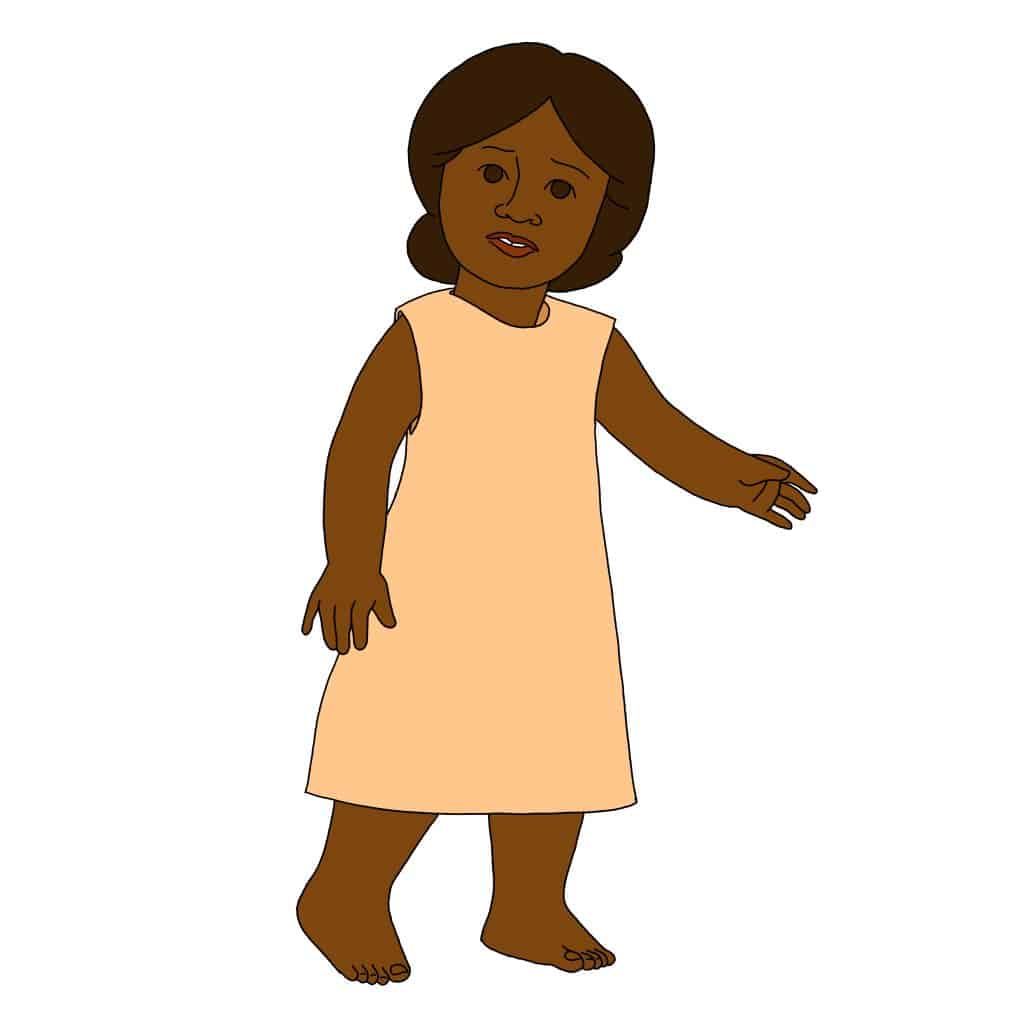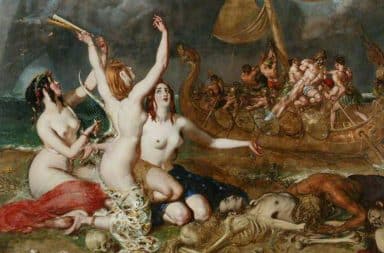The American Girls Collection is a groundbreaking line of eight dolls designed to teach young kids about key periods of American history in a way that’s accurate and fun. However, since both of those things are not possible to do at the same time, we’ve just decided to focus on one. Find these painfully accurate toys at any store near you!
Kit, 1930s Ohio
Perfect for ages three and up, Kit is just as ready to play as she is to teach your little one about life during the Great Depression! The Kit doll comes with:
- A homemade dress any child would call “ugly”
- One of those sad, depression-era teddy bears
- Loose menthol cigarettes hidden inside of the bear
Kirsten, 1850s Minnesota
Spirited and ready for work in the fields, your kids will have as much fun playing with our Kirsten doll as real eighteenth-century children had subsistence farming! The Kirsten set includes:
- A blurry daguerreotype of the family Kirsten left behind in Sweden
- Movable limbs that frequently break, symbolizing the physical toll of farm labor
Samantha, 1900s New York
Samantha, who represents Victorian-era affluence, obviously has a far better outfit—and life—than any of the other American Girls. But we were sure to round out her set with additional authentic items like:
- Her very own Black mammy doll
- A carefully illustrated etiquette book reminding young, wealthy girls why women should not have the right to vote
Felicity, 1760s Virginia
We are excited to release the 12” Felicity doll as part of an official set that includes an unsettling thirty-five-year-old husband doll and a thick cloth for her newly occurring menstrual cycle! Because at twelve years old in 1764 Felicity is, legally, a woman now.
The 36” husband doll also has movable limbs that can be positioned into a range of lurking and menacing stances.
Kaya, 1760s Pacific Northwest
Kaya, a member of the Nez Perce tribe during first European contact, comes with:
- Attachable late-stage typhoid lesions
- A pouch full of poisonous berries she uses to defend herself against colonial settlers
True historical contemporaries, the Kaya and Felicity dolls can also be purchased alongside each other as the perfect gift set for two children who hate each other!
Molly, 1940s Illinois
What comes to mind when you think of the mid-century middle-class family? Neighborhood kids playing hide-and-seek outside rows of Craftsman homes? Well, our Molly doll is here to bare open the underbelly of early suburban life.
The Molly doll is complete with:
- Black-rimmed spectacles that hide her building disillusionment with American culture
- A Mussolini propaganda flyer she finds in an alley behind her house one day
- The power to slowly lure your child into fascism through a series of coded hand gestures and ominous looks
Josefina, 1820s New Mexico
Josefina wears a beautiful red skirt true to the Santa Fe region during Mexico’s protracted battle for independence from Spain. What’s so special about her skirt is that it supports total doll mobility. Which is important since the Josefina doll will literally run through your home at the first sound of any loud noise that resembles artillery fire.
Addy, 1860s North Carolina
Addy Walker is the first African-American doll in the historical collection and is coming of age in 1864, the year of slavery abolition.
Addy comes with absolutely no accessories whatsoever.
Illustrations by Maddie Fischer
